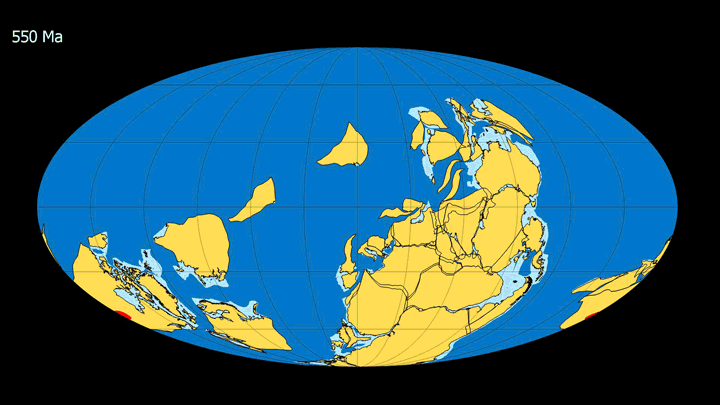Videos
This is my latest video that shows plate motions, changing sea level, mountain building, and ice ages. To find out how the maps were made go to: https://www.earthbyte.org/paleomap-pa.... Though similar to my previous animations, this one is very different in three ways: 1) a more realistic rendition of sea level change, 2) a more accurate illustration of ice cap growth and contraction, and 3) the ability to easily add geographic "details" that travel with the continents (e.g., red dot for Chicago). Let me know what kinds of geographic details that you would like to see added to the map to make the animation more interesting and informative. In the next version I will be adding color dots for the following cities: New York, Anchorage, Rio de Janeiro, Cairo, Capetown, London, Paris, Moscow, Mumbai, Sydney, Kuala Lumpur, Beijing, Shanghai, Tehran, and a few others. This animation was made using Adobe After Effects and "Gplates" , see https://www.gplates.org/ for more info. Please cite this animation as: "Scotese, C.R., 2019. Plate Tectonics, Paleogeography, and Ice Ages, YouTube video: https://youtu.be/UevnAq1MTVA." - Chris Scotese License Creative Commons Attribution license (reuse allowed)






